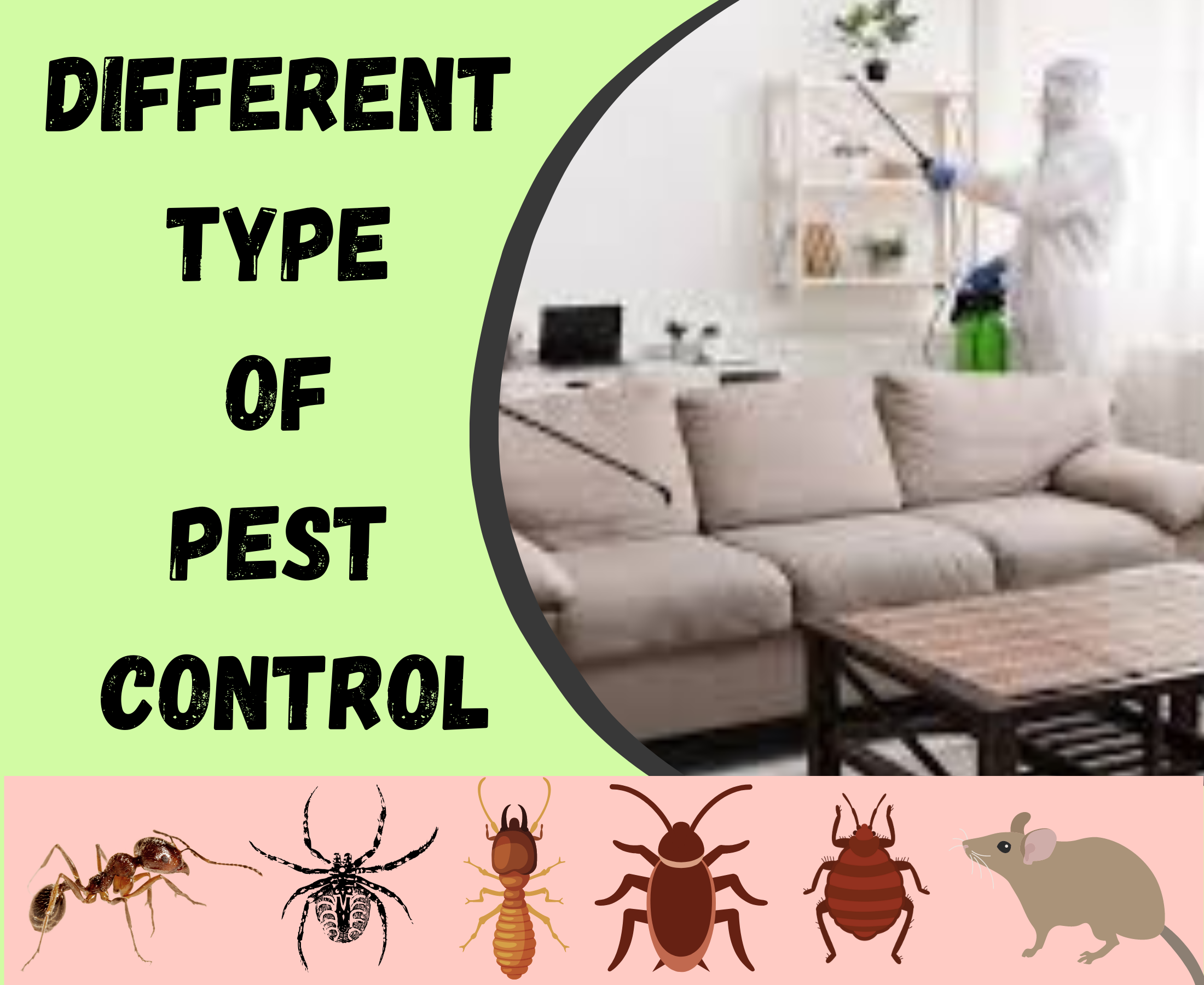Examine This Report about Pestwise
Little Known Questions About Pestwise.
Table of ContentsSome Of PestwiseThe 2-Minute Rule for PestwiseThe Ultimate Guide To PestwiseLittle Known Facts About Pestwise.Rumored Buzz on PestwiseThe Basic Principles Of Pestwise Little Known Questions About Pestwise.

Q. Define "integrated bug administration" (IPM) and list several feasible control strategies that might be made use of in an IPM method. A. Integrated parasite management is the combining of proper parasite control techniques right into a single plan to reduce parasites and their damages to an acceptable level. Bug control strategies may include: host resistance, biological control, social control, mechanical control, hygiene, and chemical (chemical) control.
Pestwise Can Be Fun For Everyone
What can you do to maintain the pests you are attempting to control from coming to be resistant to the pesticides you make use of? A. Parasite resistance can be minimized by utilizing integrated bug monitoring and revolving the sorts of chemicals made use of.
Insects are an important danger to the farming organization, and incorporated bug monitoring helps cultivators address and mitigate these threats. Integrated pest management utilizes several approaches in facility, therefore being an extra efficient service to the issue. Commercial Pest Control. In certain, getting rid of hostile chemical methods allows for decreasing injury to people and the atmosphere by making use of natural and more secure choices instead
What Does Pestwise Mean?
The objective of incorporated parasite management is to lessen this damage and control appropriate problem degrees instead of remove all unwanted populations. This is why it is very important to comprehend what measures are warranted in each situation and use hostile ones just when various other integrated management strategies do not work. Integrated management mitigates the adverse repercussions of a non-IPM approach, and the primary advantages of IPM Conveniences of IPM.
A right understanding of the infestation range identifies if the issue should be dealt with. are the following elements of an IPM program because it is very important to understand if the organisms make potential risks and select the incorporated monitoring choices or the particular chemical use. mean to reduce infestations by using different agronomic techniques.
The 9-Minute Rule for Pestwise
if avoidance was inefficient. Integrated monitoring choices in an IPM program beginning with more secure to more aggressive ones. Target or program chemical splashing may follow hand-operated elimination or capturing that hasn't helped. Those incorporated management aspects assist recognize just how to prepare and carry out an IPM program step by action: Screen your plants on a regular basis.

Among others, IPM social approaches include the following field management techniques: soil therapy; selection of appropriate plants; plant rotation; interplanting or strip chopping; selection of growing days; weed control; use of catch plants. Favorable dirt conditions speed up plant development, and energetic crops are more immune to infestations. Healthy plants and seeds determine successful plant development, so it is crucial to select pest-free planting material with strong origins.
Thus, among various other applications, crop rotation can be successfully made use of as an integrated parasite monitoring approach. Pests spread slower if rows of different crop types divide their host plants in intercropping or strip cropping, which is additionally made use of in the integrated bug management system. Alternatively, problems boost when plants of the same crop type or family members grow with each other.
, as well as tomatoes. Growing catch plants in patches is another choice for IPM intercropping. This integrated bug administration approach suggests attracting insects to certain plants and then controlling them with chemical or mechanical strategies.
The Main Principles Of Pestwise
Barriers are typical instances of physical IPM approaches. Mature insects or their eggs and larvae are gathered by hand and damaged.

Division of Plant Sciences. University of Missouri. Dirt solarization is a reliable incorporated monitoring strategy to disinfect the field by heating it in a natural method. This incorporated monitoring approach suggests an usual method of destroying insects by killers, parasitoids, virus, and other organic control representatives (also known as hostile organisms). The duty of organic control in IPM is to.
See This Report on Pestwise
With time, their population ended up being a genuine problem to farmers along with native kangaroos or dingoes. The cane toad is one more situation highlighting integrated organic control failing hereof when it rejected to quest the target types and became a parasite itself. Parasitoids develop on or within their hosts to ultimately kill them after maturing.